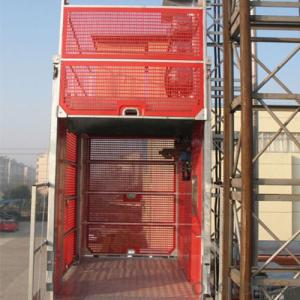Lg Solar Inverter
Lg Solar Inverter Related Searches
100w Solar Panel With Inverter Best Solar Panel Inverter 5000 Series Cast Aluminum Plate Portable Solar Panel Inverter First Solar Series 6 Module 12 Volt Solar Panel Inverter Plastic Solar Lanterns Buy Solar Panel Inverter Solar Panel Inverter Cost Solar Panel Without InverterHot Searches
Type Of Inverter For Solar Types Of Inverter For Solar Used Solar Inverter For Sale Inverter Size For Solar System Solar Edge Inverter For Sale 5kw Solar Inverter For Sale Solar Inverter For Sale Solar Inverter For Battery Solar Inverter For Split Ac Solar Inverter For Laptop Solar Inverter For Fridge Solar With Inverter Price Solar Inverter With 2 Battery Solar Inverter Price In China Best Solar Inverter In China Solar Inverter Price In Dubai Solar Inverter Price In Uae Solar Inverter Price In Kenya Solar Inverter Price In Kerala Solar Hot Water Collectors For SaleLg Solar Inverter Supplier & Manufacturer from China
Okorder.com is a professional Lg Solar Inverter supplier & manufacturer, offers integrated one-stop services including real-time quoting and online cargo tracking. We are funded by CNBM Group, a Fortune 500 enterprise and the largest Lg Solar Inverter firm in China.Hot Products
FAQ
- Common fault indications in a solar inverter can include error messages on the display panel, blinking lights, sudden shutdowns or restarts, abnormal noise, overheating, and fluctuations in power output.
- To maintain a solar inverter, regular cleaning of dust and debris is essential to ensure efficient operation. Additionally, monitoring the inverter's performance and checking for any abnormal readings or error messages is important. It is also recommended to inspect the wiring connections for any loose or damaged parts and to keep the inverter's ventilation system clear from obstructions. Regular servicing by a professional technician is recommended to identify and address any potential issues before they become major problems.
- The function of photovoltaic grid - connected inverter
- By dc / dc conversion to increase or decrease the input voltage, adjust its output to achieve maximum efficiency.
- The input power rating of a solar inverter directly affects its performance. A higher input power rating allows the inverter to handle a greater amount of power from the solar panels. This means that it can convert and deliver more electricity to the grid or load, resulting in improved performance and higher energy production. Conversely, a lower input power rating may limit the inverter's ability to handle high power inputs, leading to reduced efficiency and potentially lower energy output. Therefore, the input power rating is a crucial factor in determining the overall performance of a solar inverter.
- A solar inverter handles voltage fluctuations during grid disturbances by continuously monitoring the grid voltage. When a disturbance occurs, such as a sudden drop or increase in voltage, the inverter's control system detects it and adjusts the output voltage accordingly. This allows the inverter to stabilize the voltage and ensure a consistent supply of electricity to the connected solar panels or the grid.
- A solar inverter handles grid synchronization during startup by employing advanced control algorithms. It continuously monitors the grid voltage and frequency, aligns itself with the grid parameters, and gradually increases its output power to match the grid. This synchronization process ensures that the solar inverter seamlessly integrates with the grid and provides stable and synchronized power generation.
- The maximum AC current rating of a solar inverter determines the maximum amount of power that the inverter can convert from DC to AC electricity. If the current rating is too low, the inverter may not be able to handle the peak power output from the solar panels, resulting in reduced performance and potential overheating or failure. On the other hand, if the current rating is high enough to handle the maximum power output, the solar inverter will perform efficiently and effectively, ensuring optimal energy conversion and output.
- The role of a power factor controller in a solar inverter is to regulate and optimize the power factor of the inverter's output. It ensures that the power drawn from the grid or generated by the solar panels is in sync with the voltage and current, minimizing reactive power and maximizing the efficiency of the system. By maintaining a high power factor, the power factor controller helps reduce energy losses, improve overall system performance, and comply with grid regulations.















































